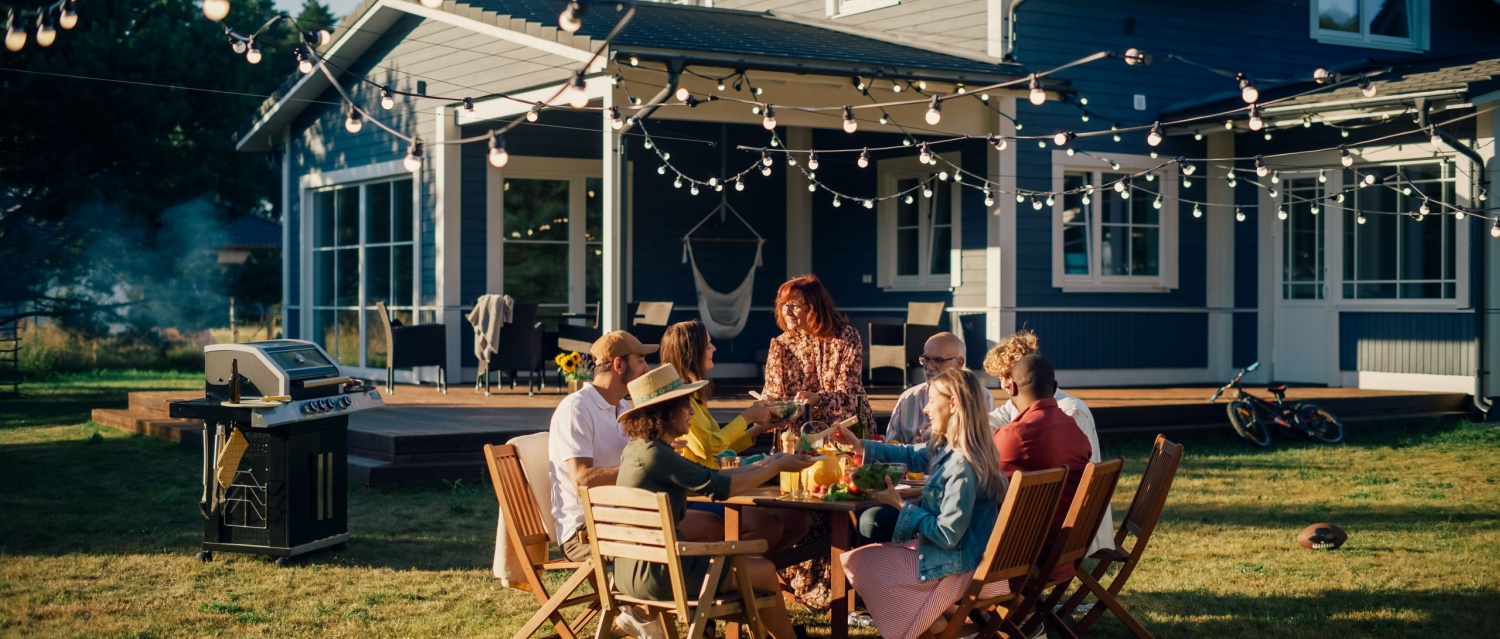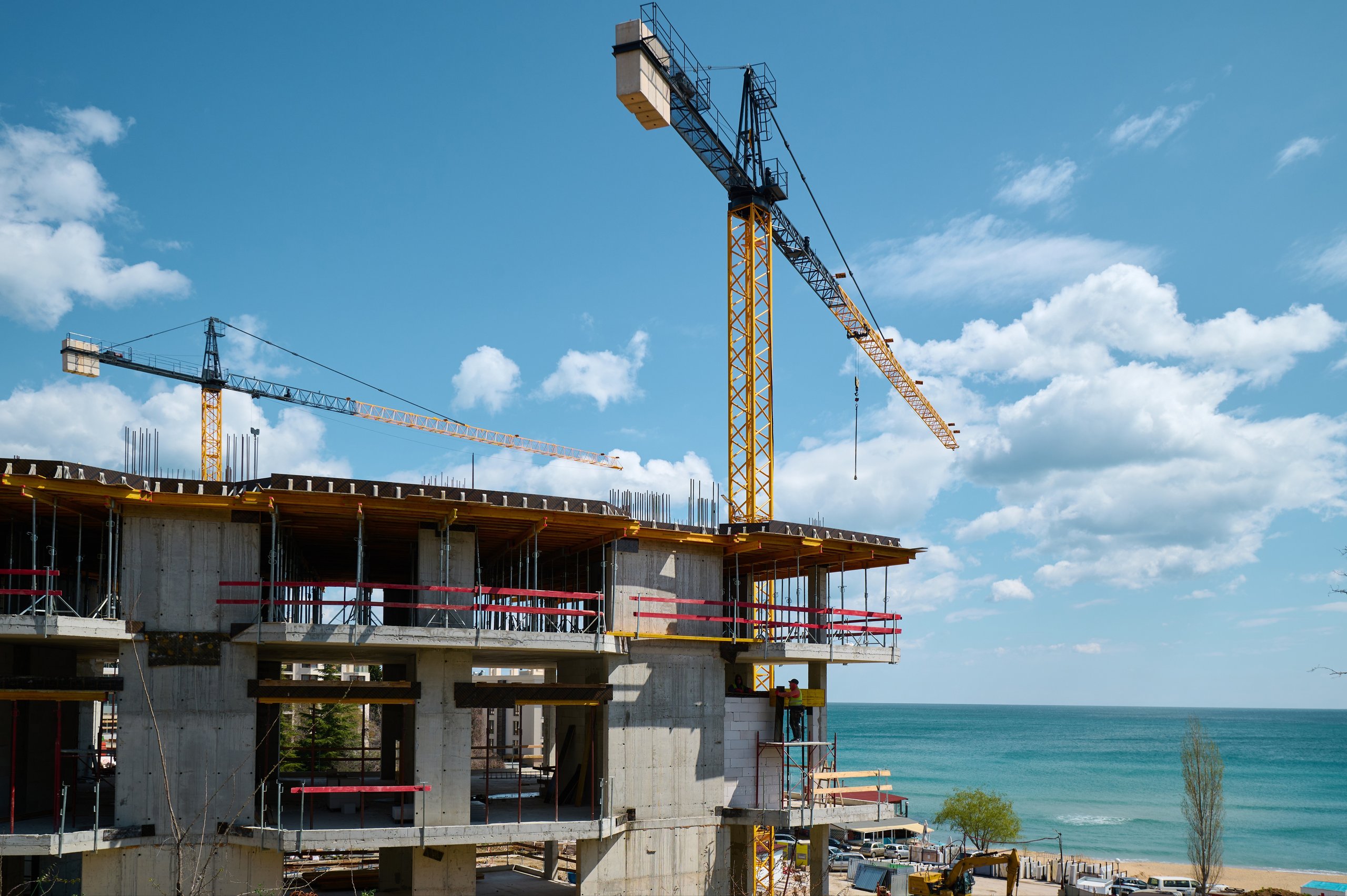Over 100 kilometres of coastline lapped by turquoise waters, whitewashed houses perched on hillsides, long summers, year-round sunshine and ancient ruins dotted across the landscape – what more could you want? If you’ve set your sights on owning a home in Greece, Kos is a strong contender.
This sun-drenched island blends affordability with an easygoing lifestyle, rich cultural heritage and a thriving tourism market. Whether you’re after a peaceful beach retreat, a lively holiday base or an investment that works for you year-round, Kos has the variety and value to make your dream a reality. Here’s everything you need to know about buying property on this Aegean gem.
Download the Greece Buying Guide
Contents
Why buy property in Kos?
Kos is the third largest island in the Dodecanese group, located in the Aegean Sea just a short ferry ride from Turkey. It’s a sun-drenched, sea-splashed island with ancient ruins, golden beaches and an inviting capital town. Life here is laid-back but never dull.
You’ll find scenic olive groves, whitewashed villages and over 100 kilometres of coastline to explore. As the birthplace of Hippocrates, Kos is also steeped in history. The Asclepieion – a sanctuary and ancient medical centre – is one of Greece’s top tourist attractions.
Kos Town has a curious blend of influences, thanks to Greek, Roman, Ottoman and Italian rule. Its leafy boulevards and piazzas were rebuilt in the 1930s after an earthquake, giving it a unique architectural charm. It’s lively too, with buzzing cafés, boutiques and bars.
From the mineral springs in Therma to the party beaches of Kardamena, Kos offers something for everyone – and it’s considered the most cycle-friendly Greek island, with well-maintained bike paths and regular events.

What’s the weather like?
Expect long, hot summers – highs in July and August often reach the upper 30s. September remains warm, with daytime temperatures hovering in the mid-20s.
Rain arrives in late autumn and winter, but even then, it’s mild compared to the UK. In other words, Kos is ideal for year-round visits or extended stays.
What can I afford in Kos?
Property in Kos covers the full range – from budget-friendly inland houses to high-end villas with Aegean views. Here’s a quick comparison of what your money could get you:
| Budget | Property type | Location |
|---|---|---|
| Under €100,000 | One-bedroom apartment or village house (may need renovation) | Inland villages |
| Around €250,000 | Modern family home or well-kept townhouse | Kos Town or coastal villages |
| €400,000+ | Detached villa with sea view and pool | North or south coast |
Is Kos a good investment?
In a word: yes. Kos remains competitively priced. As of October 2025, the average asking price for residential property was €1,926 per m², according to Indomio. That’s noticeably cheaper than Rhodes (€2,341/m²), Crete (€2,163/m²) and Corfu (€2,706/m²).
Kos’s tourism sector is also robust. Over one million visitors arrive each year, so short-term rentals – particularly during summer – are a strong opportunity.
While the island made headlines during the Syrian refugee crisis, arrivals today are overwhelmingly tourists. If you’re looking for a relaxed island with rising investment potential, Kos fits the bill.
How to get to Kos
From April to October, Kos International Airport connects directly to major European cities including London, Paris and Berlin. Out of season, fly to Athens and hop on a one-hour domestic flight.
Ferries run year-round to Athens (Piraeus) and nearby Dodecanese islands like Kalymnos and Nisyros. You can also cross to Bodrum in Turkey in under an hour.
Where to buy in Kos
| Area | What to expect | Ideal for |
|---|---|---|
| Tigaki (north) | Long sandy beach, a mix of modern and traditional homes, vibrant summer atmosphere | Buyers looking for coastal access and amenities |
| Mastichari (north) | Charming village with a relaxed feel, sandy beach, ferry connections | Second-home owners wanting a peaceful escape |
| Kos Town (centre) | Historic capital with cafés, boutiques, ancient sites and characterful townhouses | Year-round living and central convenience |
| Kardamena (south) | Popular resort with great beaches, nightlife and short-term rental potential | Buy-to-let investors and younger holidaymakers |
| Kefalos (south) | Traditional village with coastal views and archaeological interest | Buyers seeking quiet surroundings and outdoor activities |
| Antimachia (south) | Traditional inland village close to the airport | Holiday-home buyers wanting value and accessibility |
How to buy property in Kos – 11 steps
- Research and plan: read guides, join webinars, and speak to people who’ve already bought in Greece.
- Set your criteria: know your budget, location preferences and must-haves. Allow 10% extra for costs.
- Talk to a currency expert: exchange rates matter. Lock in a rate with a forward contract.
- Get your AFM number: this is your Greek tax number. Apply at the local tax office with ID and birth certificate.
- Build your team: find a local estate agent, independent property lawyer and (if needed) a tax adviser.
- Book a viewing trip: once you shortlist properties, plan a trip to view in person.
- Make an offer: offers are usually made via your estate agent.
- Reservation contract: you may pay a small reservation fee to hold the property.
- Connect utilities: while the paperwork progresses, set up water, electricity and internet.
- Final contract: sign the sale contract in front of a notary and pay the balance and taxes.
- Land registration: your lawyer will register the property in your name.
Frequently asked questions
Yes, foreign buyers can legally purchase property in Kos. You’ll need a Greek tax number (AFM) and a local lawyer to guide you through the process, which includes signing the final contract before a notary and registering your ownership at the land registry.
Kefalos is often considered the most scenic village, with its traditional character, hillside setting and views over the bay. It’s quieter than the resorts, making it popular with those who want authenticity and relaxed living.
This depends on what you’re looking for. Kos Town suits year-round living with its shops, cafés and history. Tigaki offers a long sandy beach and summer buzz, while Mastichari has a more laid-back feel. For investment potential, Kardamena is strong thanks to its popularity with holidaymakers.
You might also like:









